One could go back 100 years to early MS, when it was largely the domain of fundamental studies (physics and physical chemistry) but, as we’re focused on analytical MS, let’s consider just the past 50 years.
Note: For the purpose of this timeline, we will focus on the date of the first commercially available instrument.
The coupling of gas chromatography to MS opened the door for analysis of complex mixtures, including the identification of individual mixture components. Key to its development was the invention of the quadrupole mass analyzer by Wolfgang Paul in the 1960s and the US EPA’s push in the 1970s for environmental analysis, declaring “GC-MS the method of choice.”
The earliest GC-MS instruments were assembled by Roland Gohlke and Fred McLafferty at Dow Chemical in the 1950s using a time-of-flight MS and in the 1960s by Ragnar Ryhage at the Karolinska Institute using a magnetic sector MS. But practical, computerized GC-MS was only realized with the commercialization of the computerized quadrupole GC-MS by Finnigan (now Thermo Fisher Scientific) in 1968.
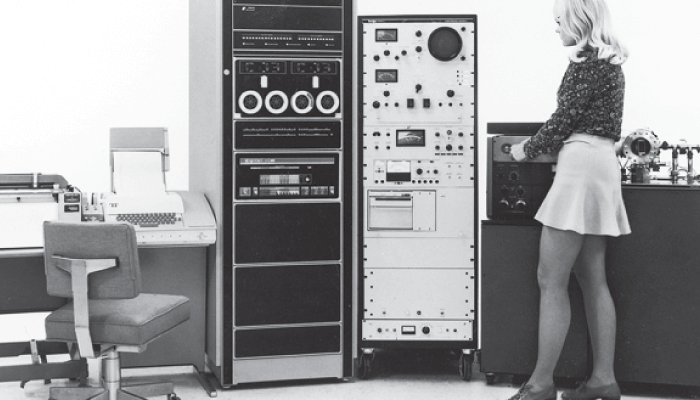
Fourier transform MS (FTMS) today offers the highest resolution of any mass spectrometer. The development of ion cyclotron resonance (ICR) of ions trapped in a static magnetic field by John Hipple at the National Bureau of Standards in 1949 was the starting point, but ICR only became practical as an analytical mass spectrometer because of the development of Fourier transform ICR in 1974 by Mel Comisarow and Alan Marshall of the University of British Columbia. FTICR was eventually commercialized by Nicolet in 1976.
Today, most FTMS instruments use a static electric field rather than a magnetic field to trap the ions, developed by Alexander Makarov at HD Technologies (now Thermo Fisher Scientific) in 2002 and commercialized as the Orbitrap in 2005.
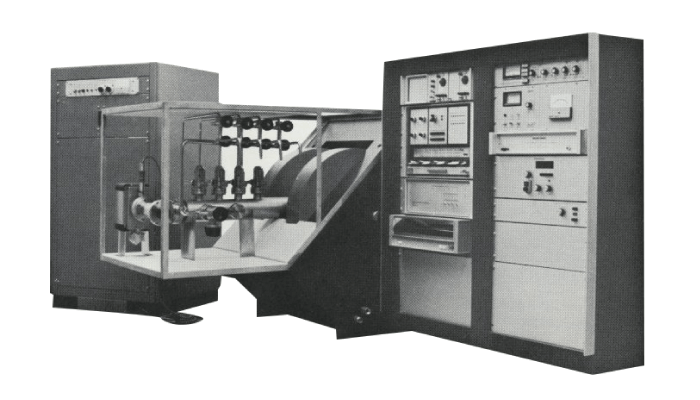
Tandem mass spectrometry has evolved from a tool for fundamental studies to one of the most powerful of all analytical measurement tools. MS/MS became widely accessible after the computerized triple quadrupole MS/MS system developed by Rick Yost and Chris Enke at Michigan State University in 1977. They became commercially available from Finnigan (now Thermo Fisher Scientific) in 1980 and Sciex in 1981.
The coupling of inductively coupled plasma with MS (ICP-MS) made mass spectrometry a major player in trace elemental analysis. Earlier work on ion sources provided atomic ions for introduction into the MS, including electrical arcs and discharges. But interfacing the ICP (at one atmosphere) to a mass analyzer was the key to making elemental analysis by MS practical. The earliest ICP-MS work was performed in around 1980 by Sam Houk and Velmer Fassel at Iowa State University and Allen Gray at the University of Surrey. PerkinElmer/Sciex introduced the first commercial ICP-MS instrument in 1983.
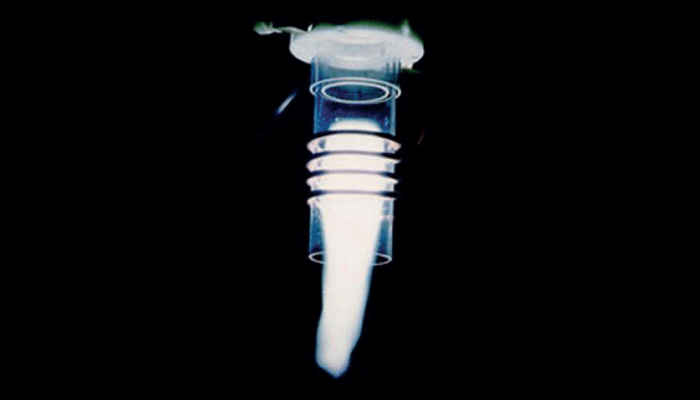
Matrix-assisted laser desorption/ionization (MALDI) was an important development as it enabled the analysis of large biomolecules directly from a solid surface. Keys in the development included earlier ionization methods such as Californium-252 plasma desorption (Ron Mafarlane at Texas A&M, 1976) and fast atom bombardment (Mickey Barber at University of Manchester Institute of Technology, 1981). MALDI was first reported in 1985 by Franz Hillenkamp and Michael Karas at Goethe University as well as in 1988 by Koichi Tanaka at Shimadzu (who was recognized with the 2002 Nobel Prize in Chemistry). The first commercial MALDI-TOF MS instrument was introduced by Shimadzu in 1988.
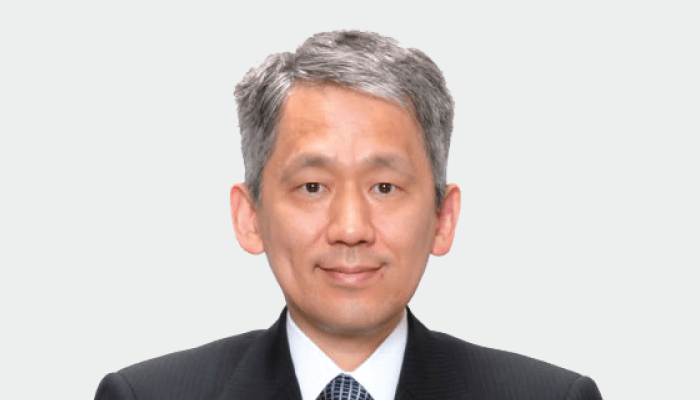
Electrospray ionization (ESI) has been extremely important since it enabled the analysis of large biomolecules directly from solution. It also gives them multiple charges, making high mass compounds more amenable to mass analysis by reducing their m/z. Early work was carried out by Malcolm Dole at Northwestern University in the 1960s – although he didn’t detect the ions with MS. John Fenn at Yale University “rediscovered” electrospray in 1984, and was recognized with the Nobel Prize in Chemistry 2002. His first ESI/quadrupole instrument is on display at the Science History Institute. Sciex was the first to commercialize ESI in 1989.
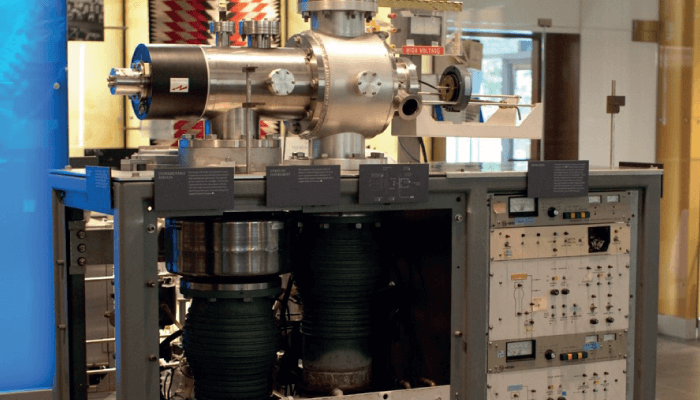
The coupling of liquid chromatography to MS opened the door for mixture analysis of thermally labile and involatile compounds. Keys to the development of practical LC-MS were the development of new ionization sources and LC interfaces, including the development of atmospheric pressure chemical ionization (APCI) in 1975 by Evan Horning and co-workers at the Baylor College of Medicine, thermospray (TSP) in 1983 by Marvin Vestal and Cal Blakely at the University of Houston, and electrospray (ESI) in 1984 by John Fenn and Craig Whitehouse at Yale. Early commercial LC-MS instruments were introduced in 1987 by Vestec based on TSP and in 1990 by Sciex based on APCI and ESI ionization techniques.
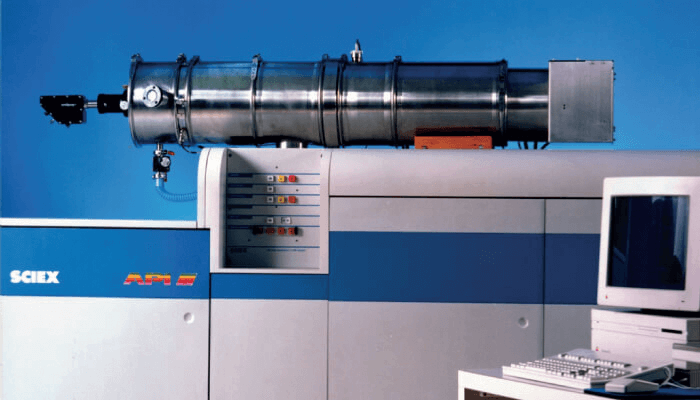
Time-of-flight mass analyzers have been used for 50 years, but the need for high-speed electronics limited their applicability. Advances in electronics along with innovations to improve their mass resolution (including ion mirrors or “reflectrons”) made ToF mass analyzers important in the biomedical applications of MS, including MALDI-MS and LC-MS. Keys in the development were the first commercial ToF mass spec in 1946 by Bendix, as well as the development of the reflectron in 1973 by Boris Mamyrin at the Ioffe Physico-Technical Institute of the Russian Academy of Sciences. VG Micromass (now Waters) commercialized the reflectron in their MALDI/ToF instrument in 1993. Also important in the widespread use of TOF mass spectrometers for LC-MS was the development of MS/MS capabilities using a Q-ToFMS, where the ToF replaces the third quadrupole in the triple quadrupole mass spectrometer, providing higher resolution. The first Q-ToF was commercialized by VG Micromass (now Waters) in 1996.
MSI takes advantage of the enormous analytical power of mass spec (high sensitivity, compound identification, and detection of individual compounds without labeling) to map the spatial distribution of compounds in complex samples such as biological tissue. Keys in the development of imaging mass spec were the secondary ion mass spec (SIMS) microprobe developed by Raymond Castaing and Georges Slodzian at the Faculté des Sciences d'Orsay in the 1960s (commercialized by CAMECA), as well as the first laser microprobe developed in 1973 by Franz Hillenkamp (commercialized by Leybold Heareus).
Other groups also developed laser desorption approaches for imaging tissue, including post-ionization of the desorbed neutrals using chemical ionization by Bob Perchalski and Rick Yost at the University of Florida in 1983. But it was the development of MALDI by Hillenkamp that made possible imaging of larger biomolecules and made MSI a practical technique. One of the first presentations on MSI using MALDI was by Bernhard Spengler of the Institut für Laser-Medizin, Heinrich-Heine-Universitätat at ASMS in 1994. Also of note is MSI using desorption electrospray (DESI), first shown by Zoltan Takats and Graham Cooks at Purdue University in 2004.
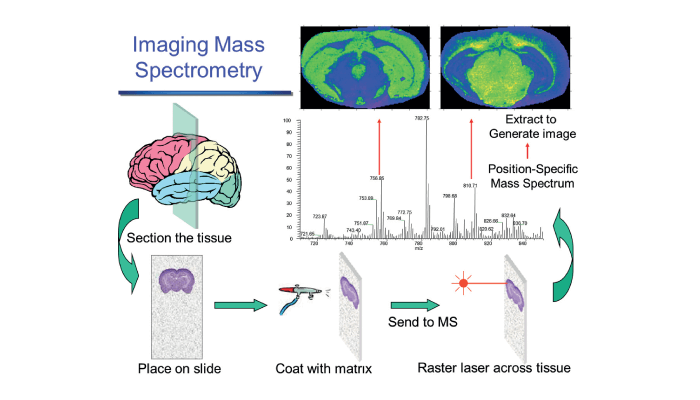
The marriage of ion mobility spectrometry (IMS) to separate ionized compounds in the gas-phase with MS to identify and detect them complements the capabilities of chromatographic separation with mass spec. Keys in the development were fundamental studies of ion mobilities and ion molecule reactions in gases by E. W. McDaniel at Georgia Tech in the 1950s and 1960s. Francis Karasek at the University of Waterloo first employed drift tube ion mobility for analytical applications in the 1970s and IMS came into widespread use for homeland security and military use for detecting explosives and chemical warfare agents. The development of electrospray ionization made IMS-MS attractive for characterizing proteins by their size as well as their mass. The first modern commercial IMS-MS using a traveling wave IMS on a Q-ToF was introduced by Waters in 2006; the first commercial IMS-MS using a classic drift tube also on a Q-ToF was offered by Agilent in 2014.
This is by no means a definitive list; indeed, it is based purely on my own judgement! I’m sure I’ve left many developments out, so I encourage you to add your own. What’s your top MS development of the last 50 years? Let us know in the comments below!
For more on the first 50 years of MS, see The First Fifty Years of Mass Spectrometry: Building a Foundation, presented by Michael L. Gross (Washington University, St. Louis) in the Plenary lecture at the 2013 ASMS in Minneapolis, and “The Origins of Mass Spectrometry” by Mike Grayson in issue 08 of The Analytical Scientist (September 2013)
This timeline forms part of our November cover feature 'The Unstoppable March of Mass Spectrometry' in which Rick Yost pens a love letter to MS by looking back on the great voyage the technique has been on over the years.




